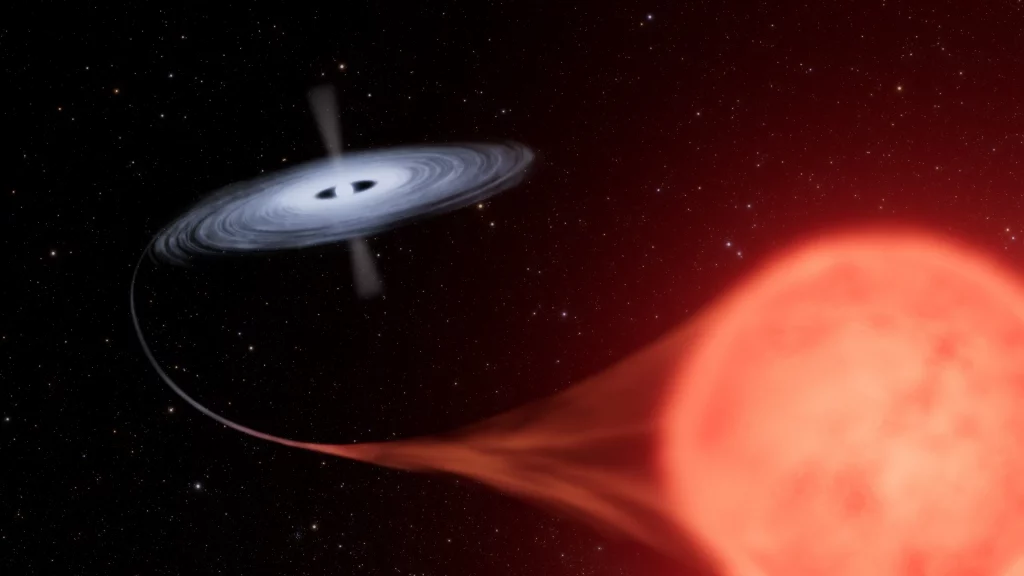
HM Sagittae, a long-lived bright nova, was shown to have suddenly increased its brightness and then fade away to a former obscurity after a few months, or years as reported by NASA.
New data from the Hubble Space Telescope and SOFIA (Stratospheric Observatory for Infrared Astronomy), now retired, as well as archival data from other missions revisit the binary star system.
The symbiotic star, where the white dwarf and a companion giant star producing dust are in an eccentric orbit around each other, and the white dwarf takes in gas flowing from the giant star. The white dwarf has a hot disk from the gas forming which can undergo a spontaneous thermonuclear explosion as the hydrogen from the giant gets more dense on the surface until a tipping point is reached. Insights into the dynamics of stellar evolution in binary systems can be yielded from the companion stars.
SOFIA astronomers were able to see water moving around at 18 miles per second, suspected as the sped of the accretion disk that surrounds the white dwarf.